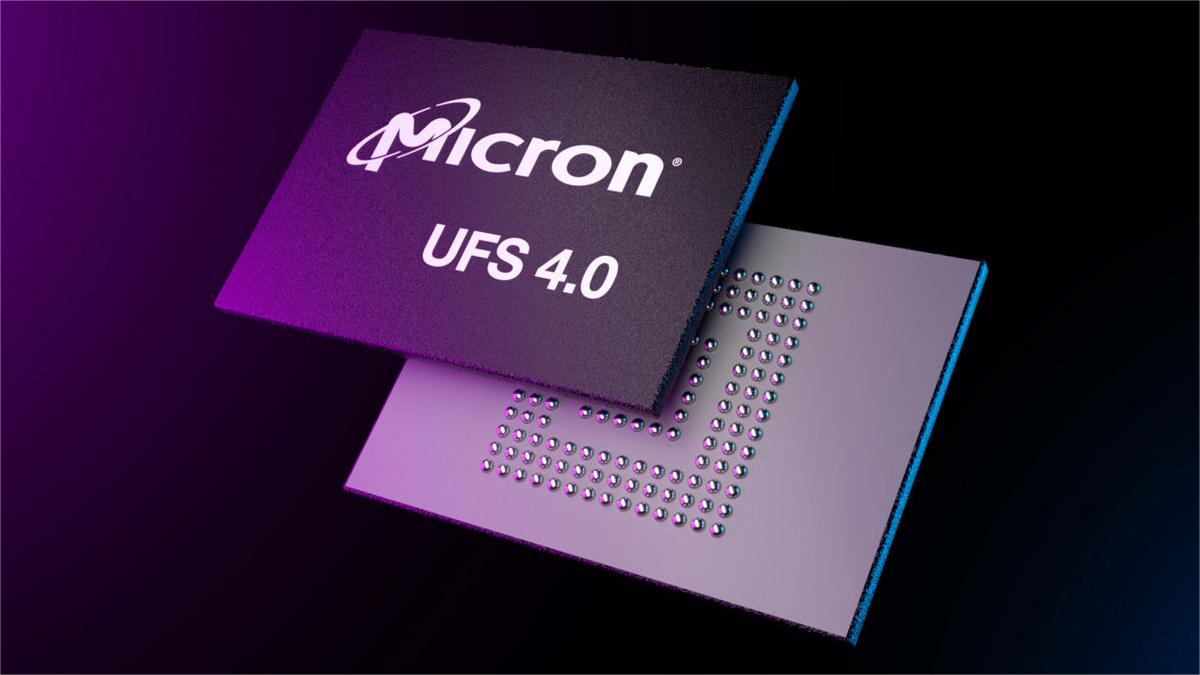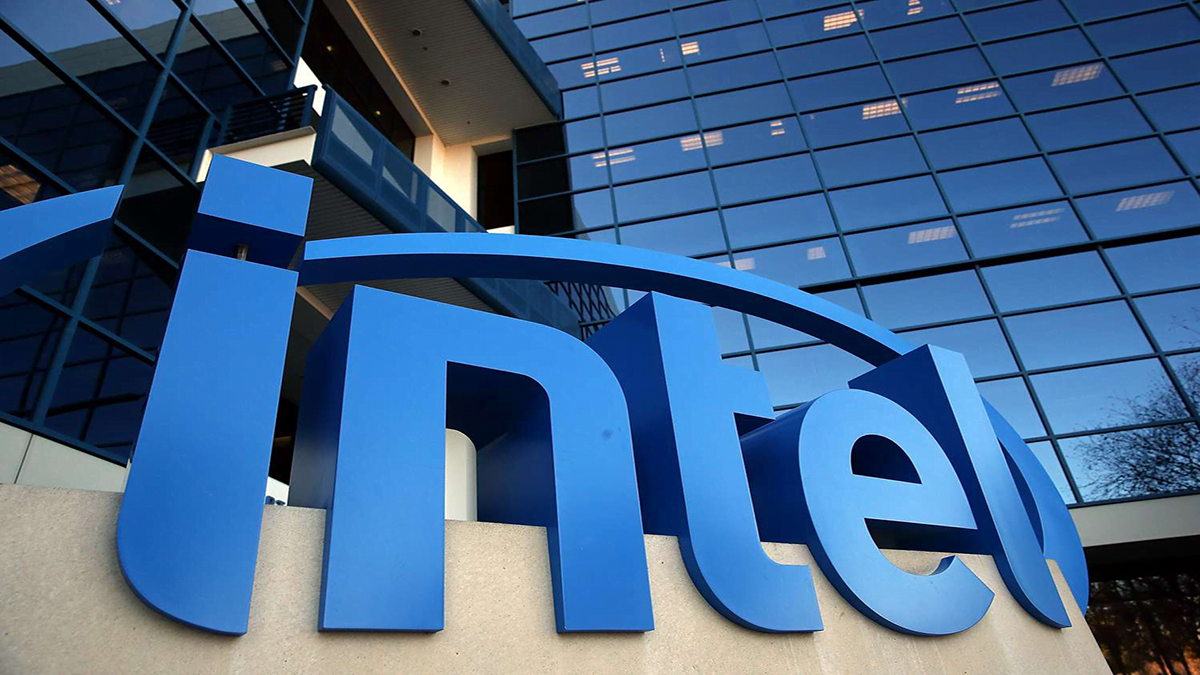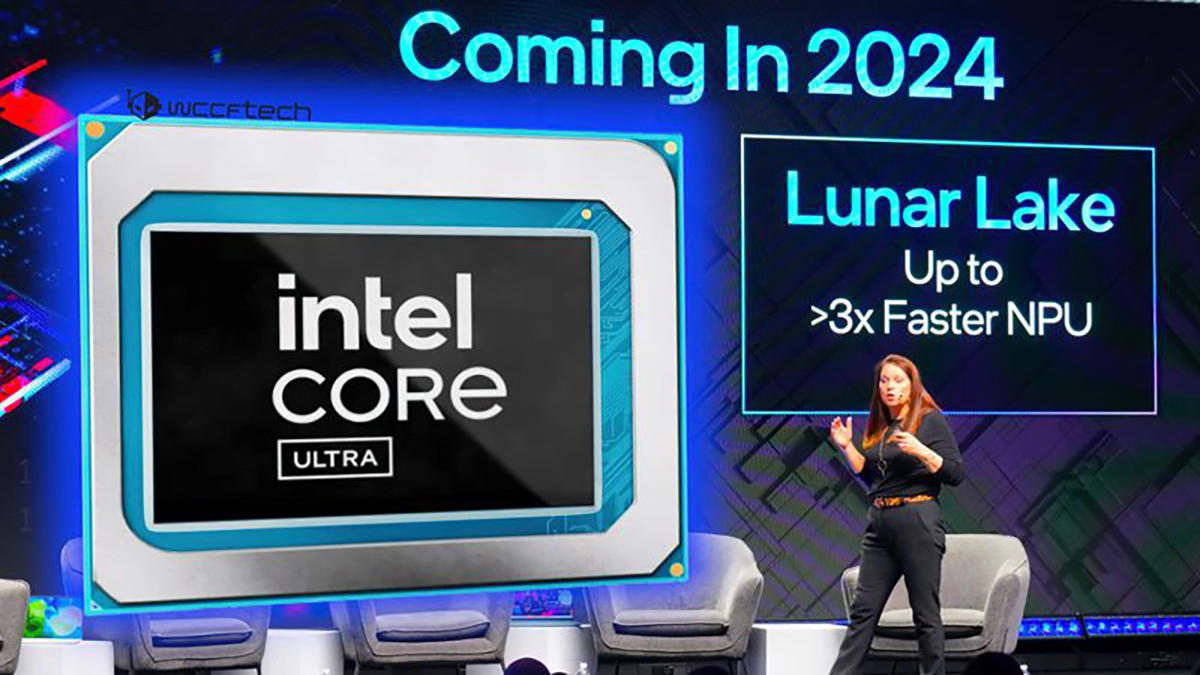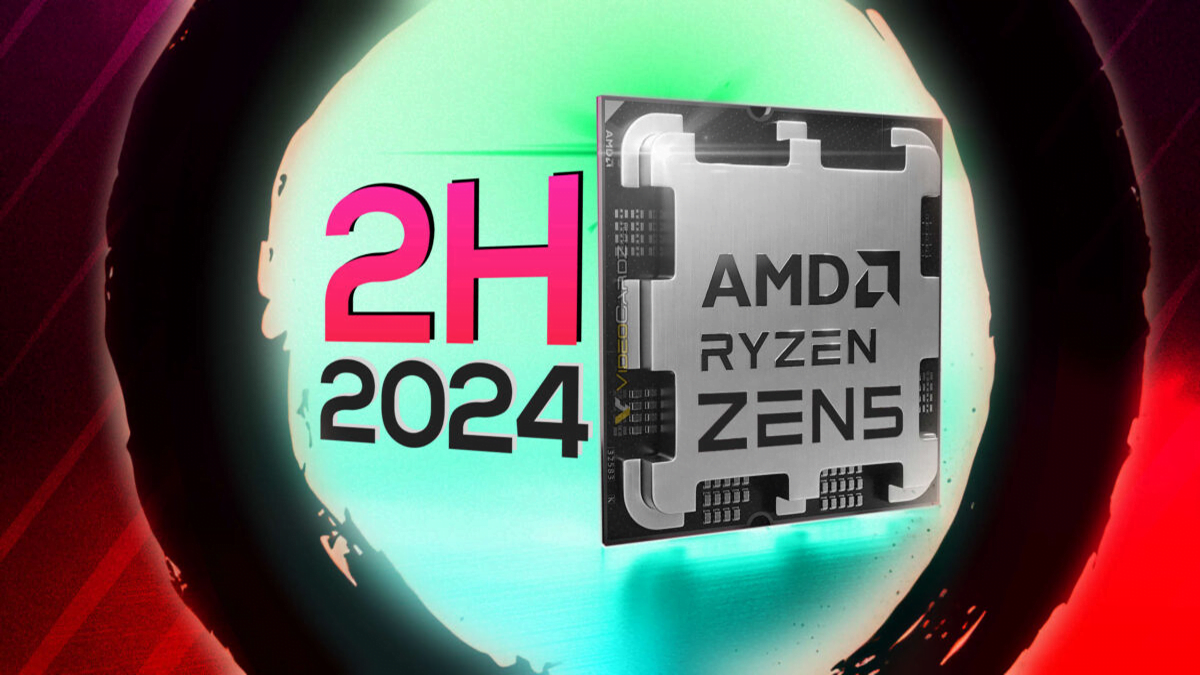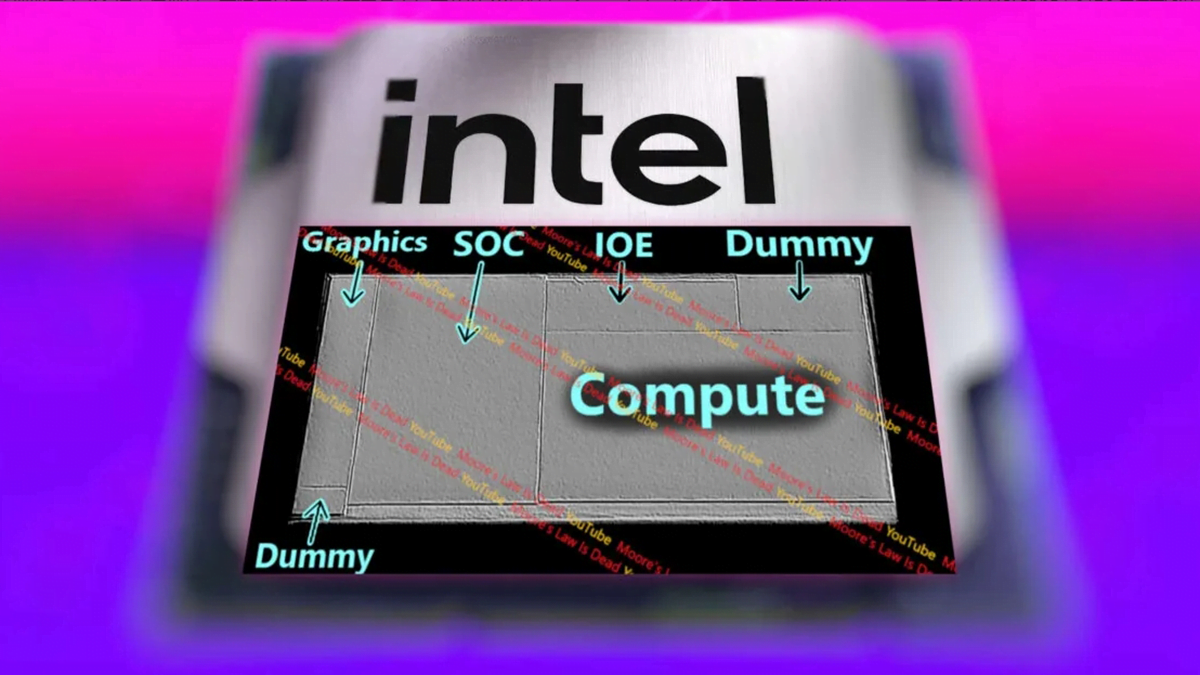Micron recently released its second quarter financial report and corresponding presentation for the fiscal year ending February 29, 2024, detailing the future development and current status of its DRAM memory and NAND flash memory.
In terms of new generation technology, Micron has successfully conducted trial production of 1-gamma memory using EUV lithography, and the development of next-generation NAND nodes is also proceeding in an orderly manner, with mass production planned for 2025.
Micron currently places about 75% of its DRAM memory particles on 1-alpha/beta advanced nodes and allocates 90% of its production capacity for NAND flash memory to 176-layer/232-layer nodes.
In terms of products, Micron has made a breakthrough in the field of traditional server memory, taking the lead in completing the single-layer structure verification of 32Gb chip 128GB server memory. The memory module is expected to generate hundreds of millions of dollars in revenue over the next six months. At the same time, Micron has begun sampling 256GB single MRDIMMs to achieve higher rates.
In addition, for the server industry, Micron announced that it will adopt LPCAMM2 module products. This product not only maintains the high-speed and low-power consumption advantages of LPDDR, but also has pluggable features. The capacity of LPCAMM2 modules for servers will reach 128GB.
In terms of consumer storage, Micron’s QLC particle shipments in client SSD products have reached a record high, accounting for 2/3 of the total, further consolidating its position as the leader in client QLC SSDs.
In terms of market trends, the proportion of QLC in consumer-grade storage continues to rise: Last year, Zhashi launched the Ti600 at the retail end, and Western Digital recently launched the PC SN5000S. Micron launched the 2400 series PCIe Gen4 QLC solid-state drive in early 2022, and its consumer brand Yingruida also launched some P3 (Plus) solid-state drives using QLC flash memory in September last year.

